- Haftsin Set
Haftsin, one of the main symbols of Eid Nowruz, has a special place in Iranian culture. The Haft-Sine set table is one of our beautiful and meaningful traditions in Nowruz. It consists of seven things that start with the letter Sin and are a sign of goodness and prosperity.
Drawing the Haft-Sin table is an ancient tradition. Some historical sources show that ancient Iranians had fourteen holidays at the end of the year. On the last night of this holiday, the Haft-Sin table was made to commemorate Nowruz and the end of winter.
On this night, the families celebrated and prayed that God would make a good and blessed year for them. The history of the Haft-Sin table is an ancient ceremony that has been welcomed to this day.
In ancient language, there are several seven called “Amordad” which means life and immortality, so the ancient Iranians chose seven words and placed them over the Nowruz. Seven was sacred to ancient Iranians and they used the number seven for positive concepts, good-natured, and gracious concepts.
In the meantime, the use of copper containers for the layout of the Seven gives the Eid table a unique look of authenticity and beauty. Copper containers, which have long been part of Iranian culture and art, add glory and tradition to the Seven by combining the radiance and heat of the copper. One of the most fascinating Iranian art forms that has gained worldwide fame today is painted copper.
As the New Year and the ancient Eid Nowruz ritual, this exquisite container can be arranged for the unique Haft-Sine table. Putting a pair of mirrors and candlesticks of painted copper gives you so beautifully that it stares into the eyes of every viewer. You can also use these exquisite and functional containers at this time of nuts.

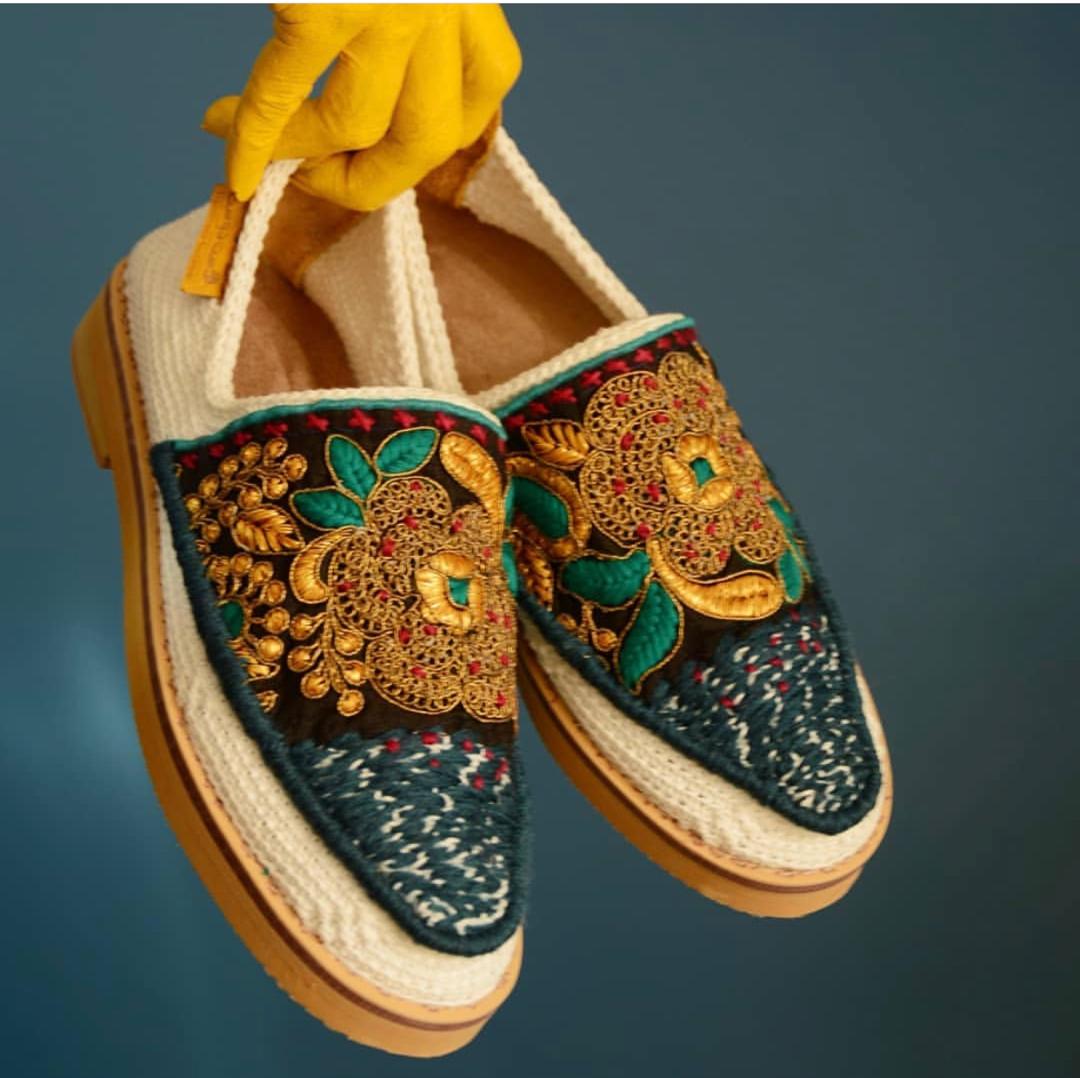
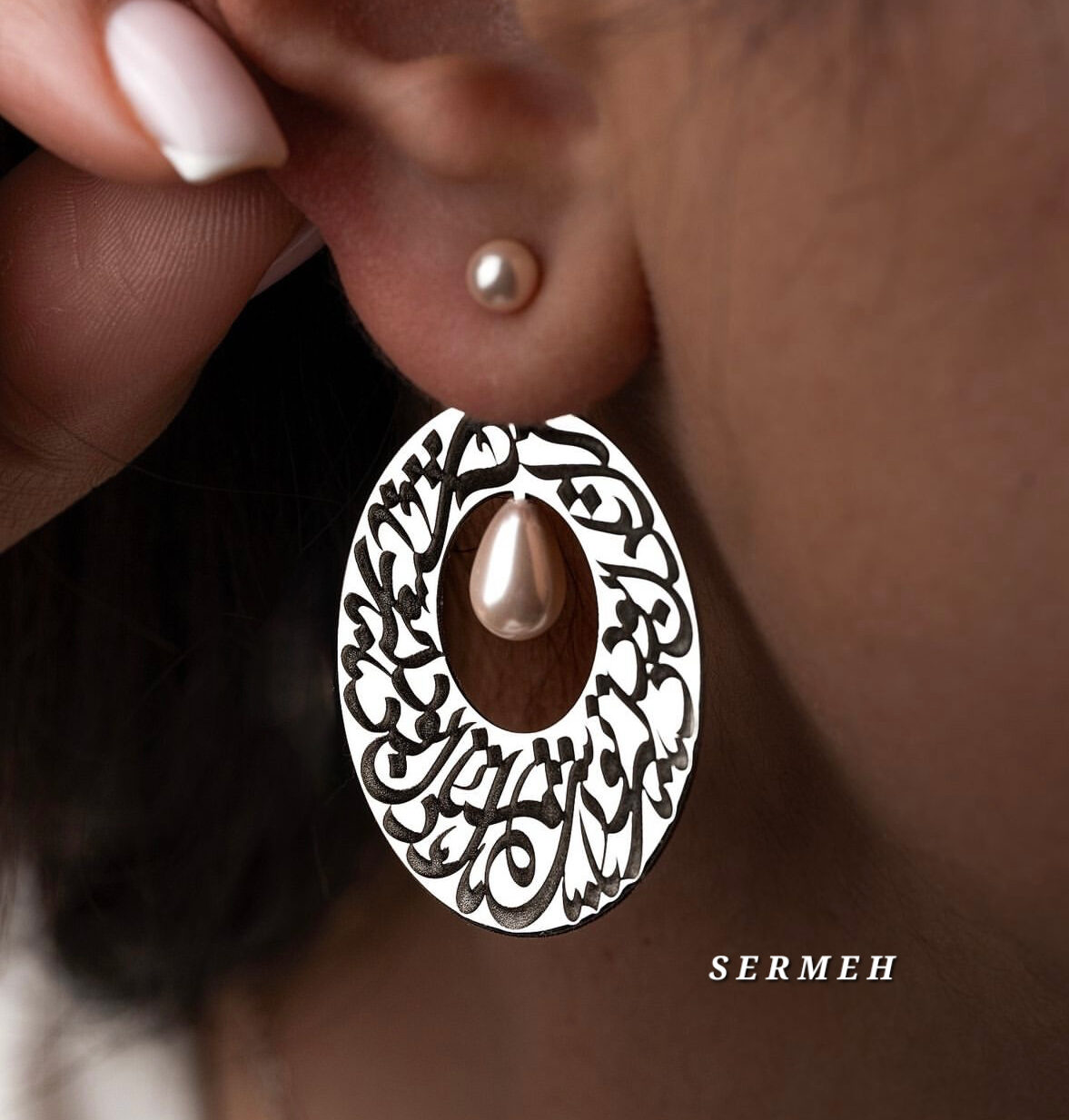
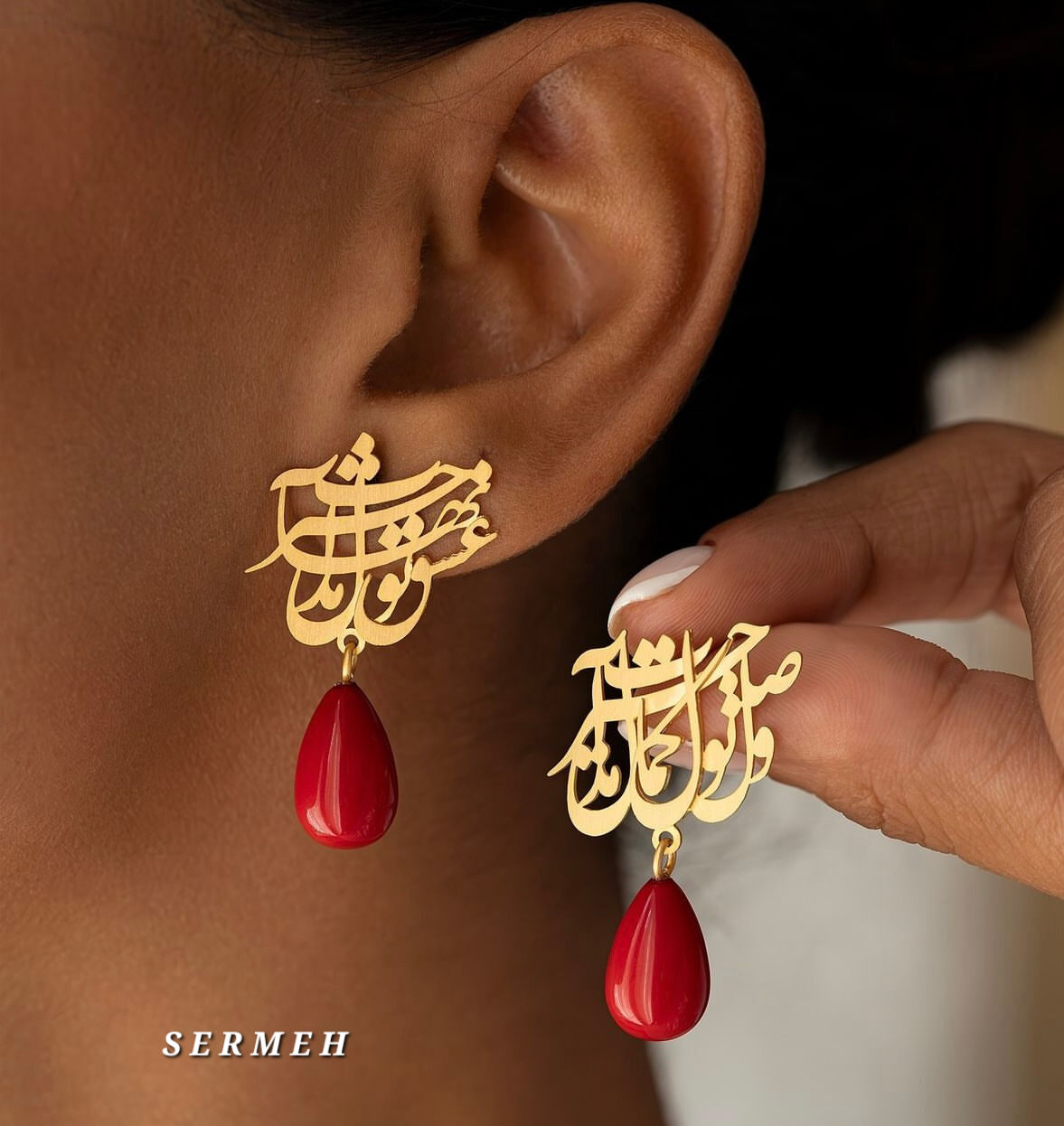
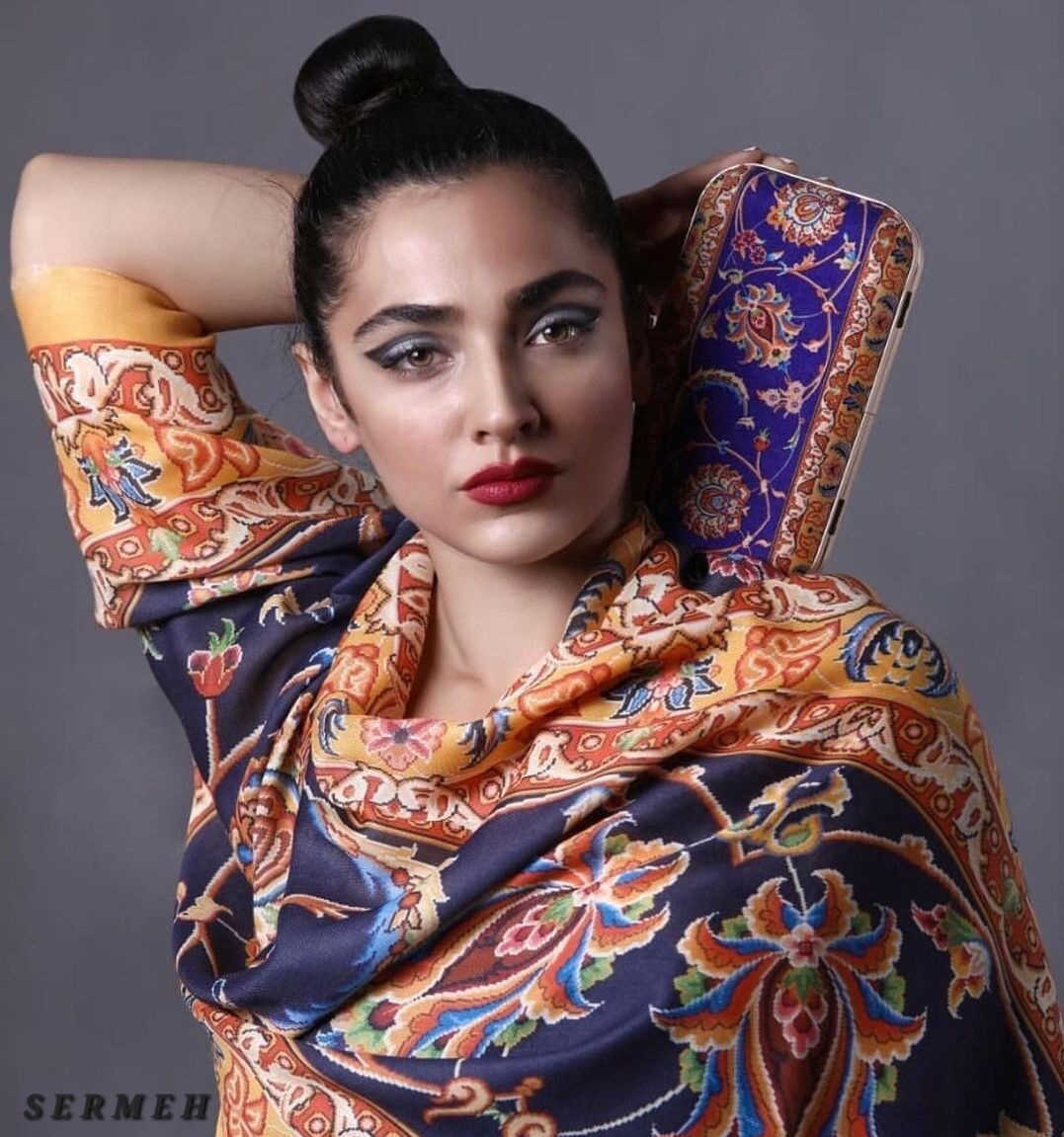
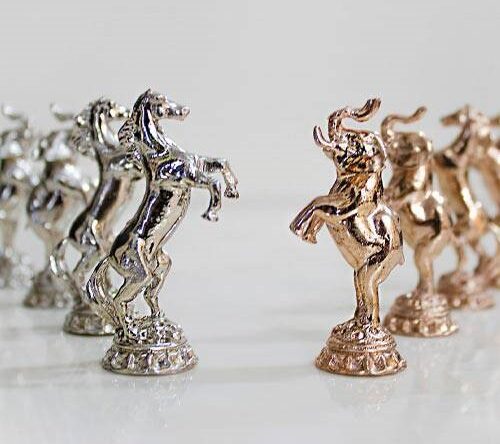
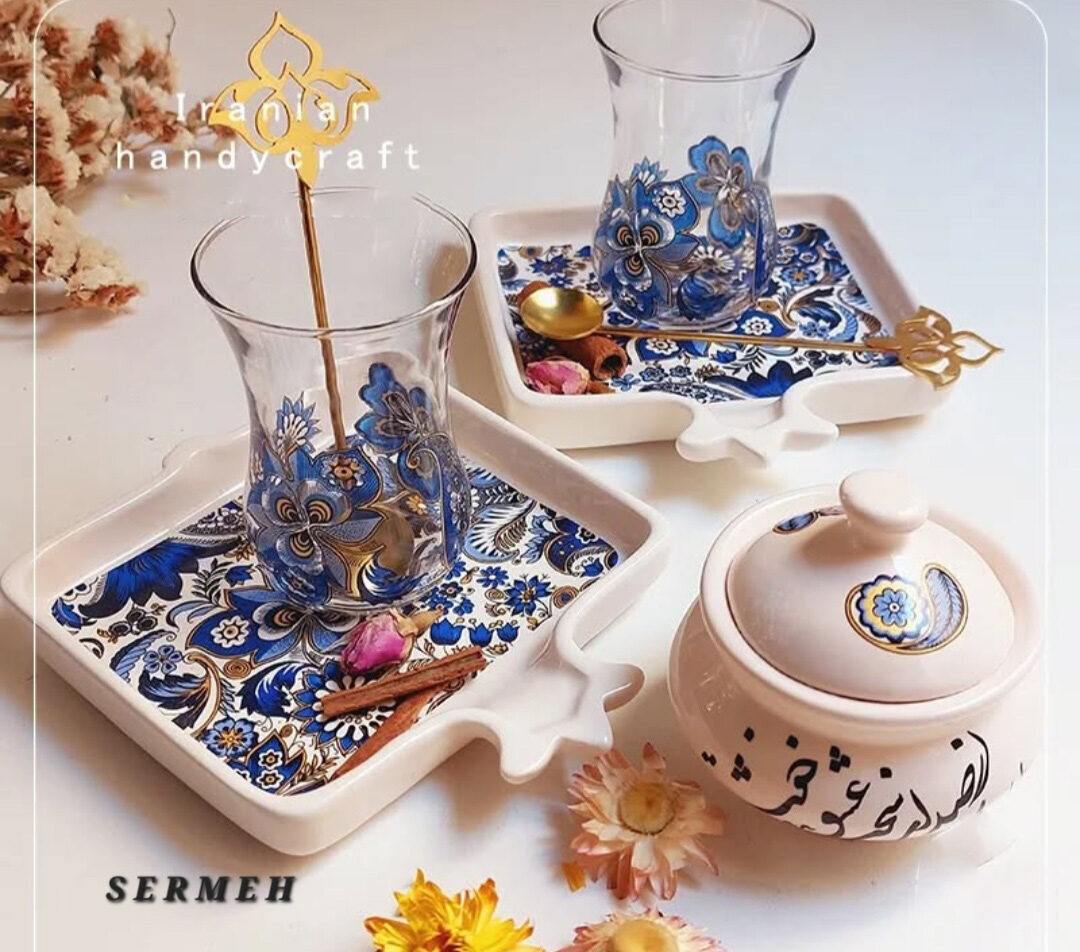
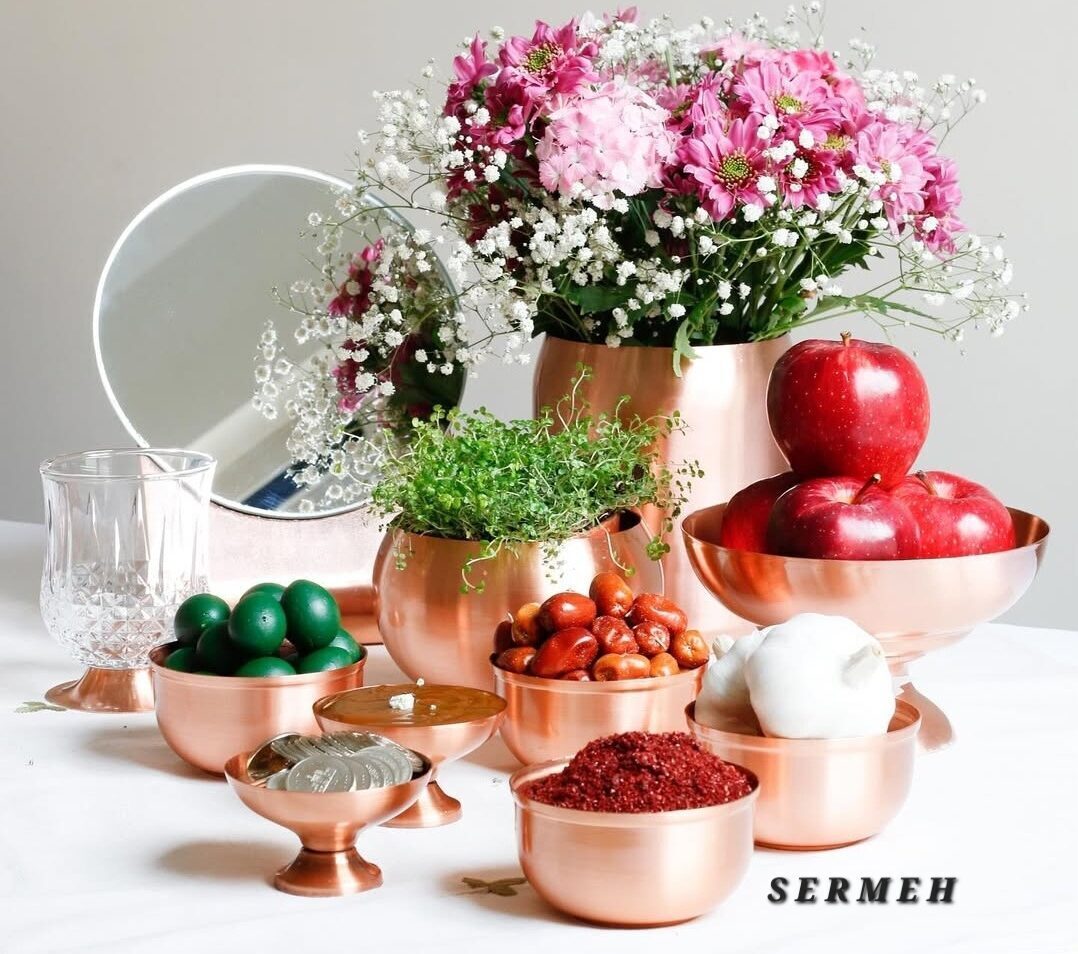
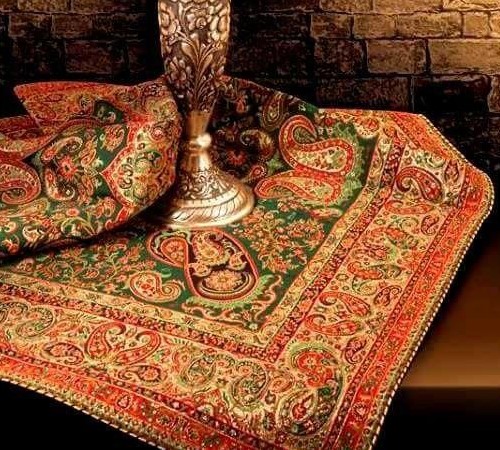
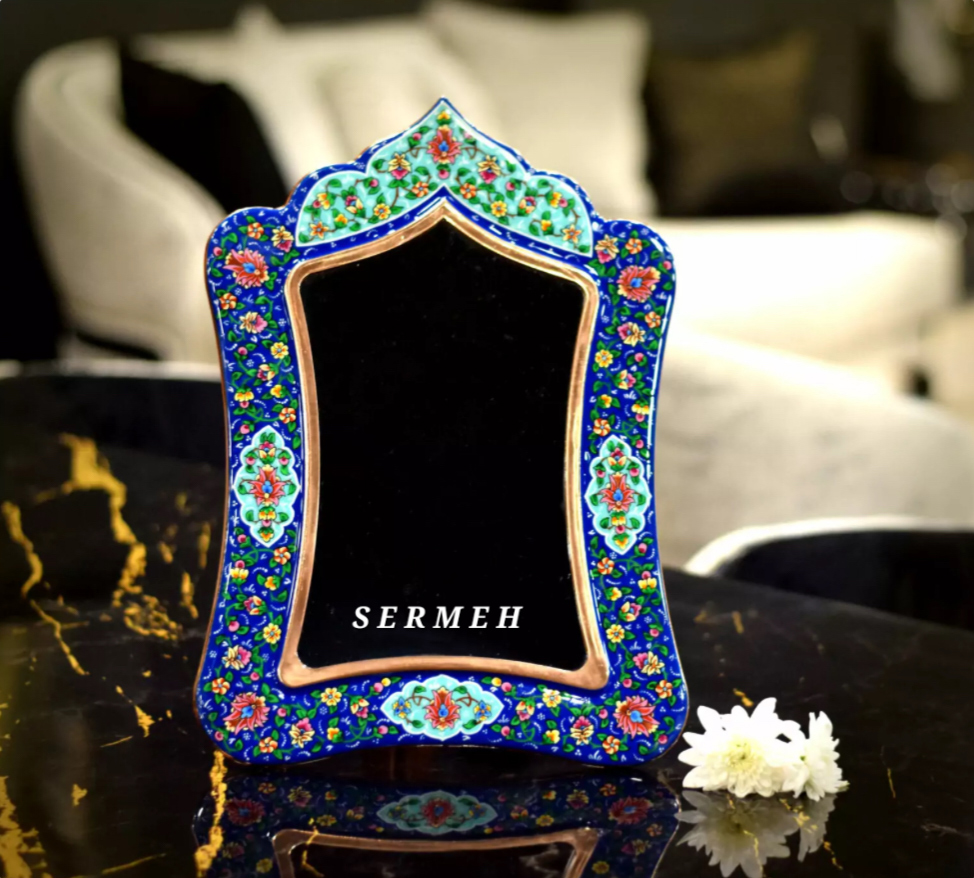
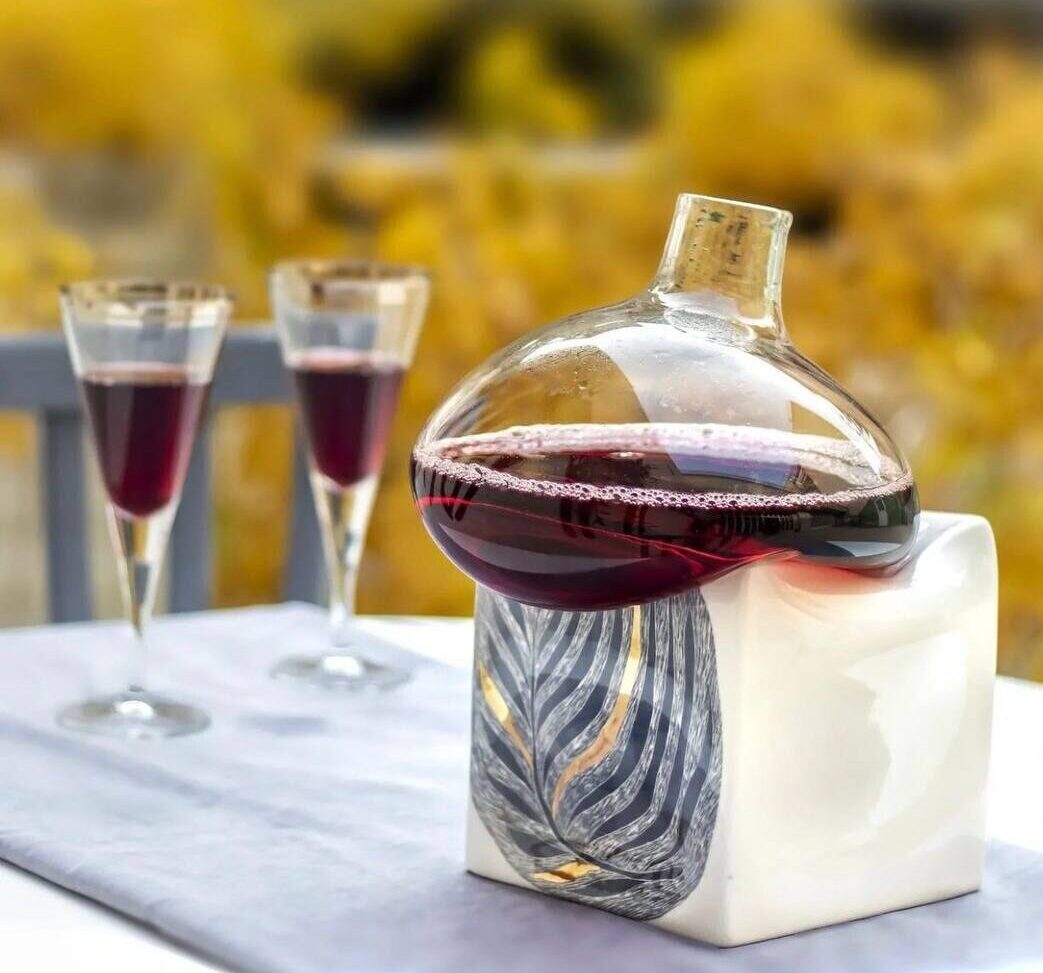

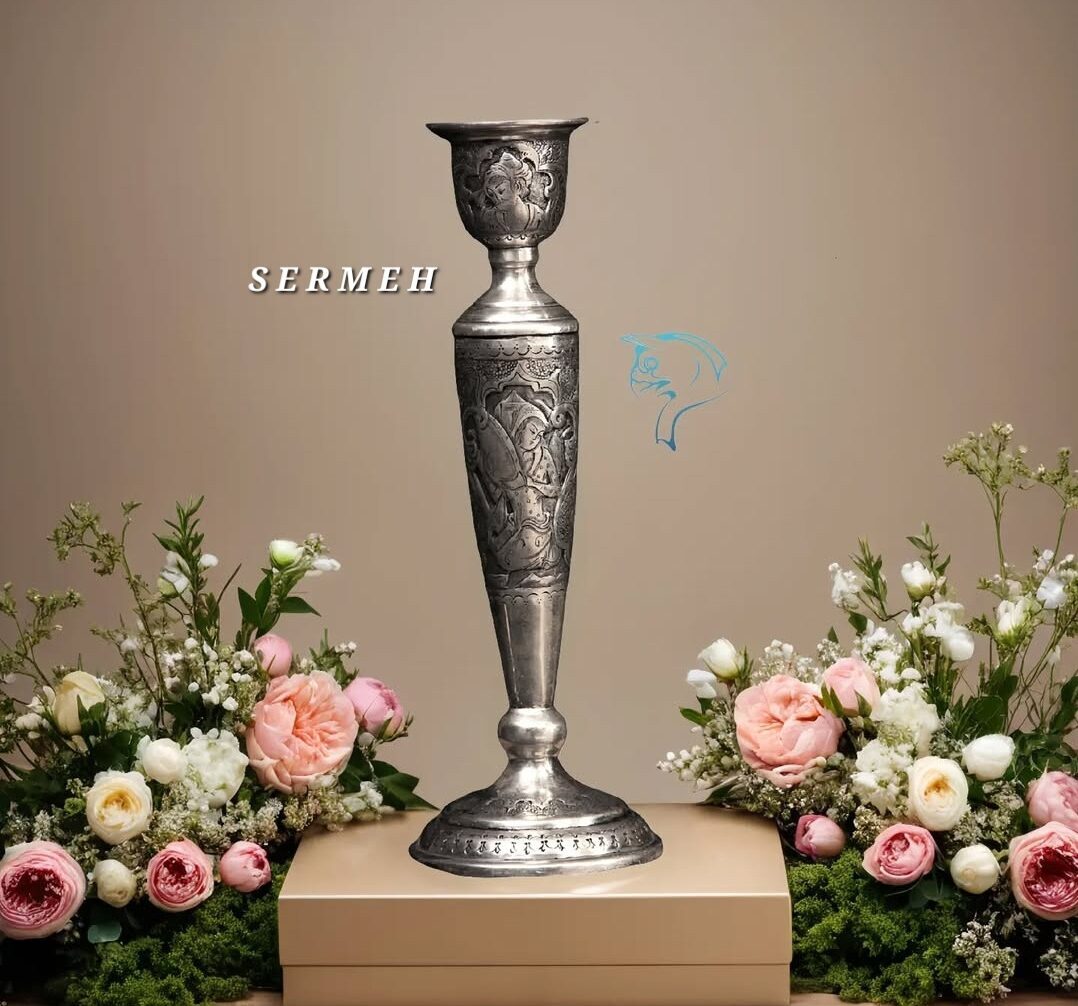
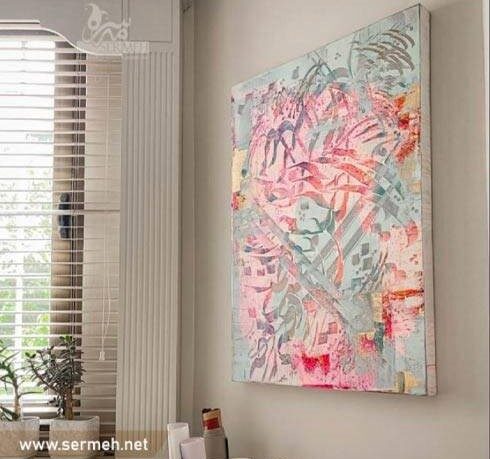
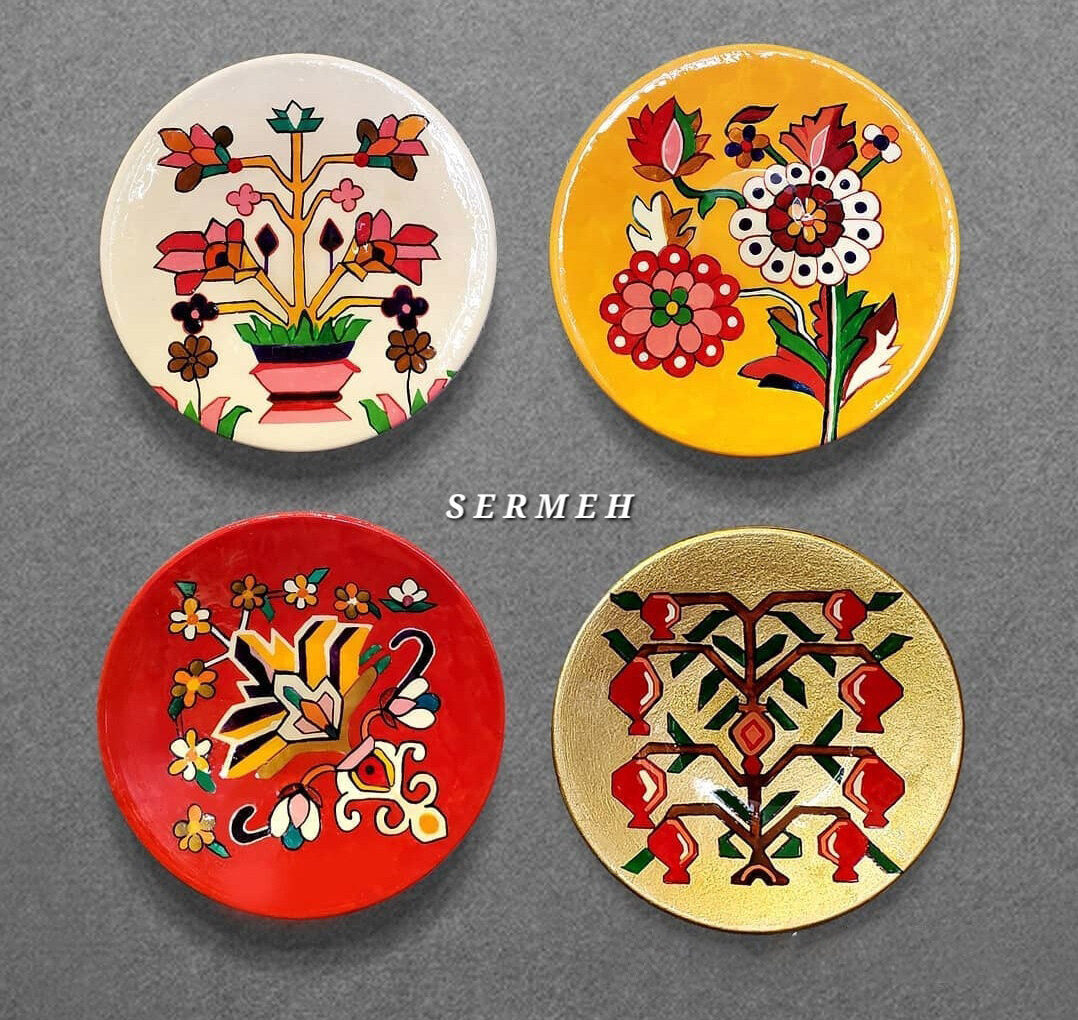
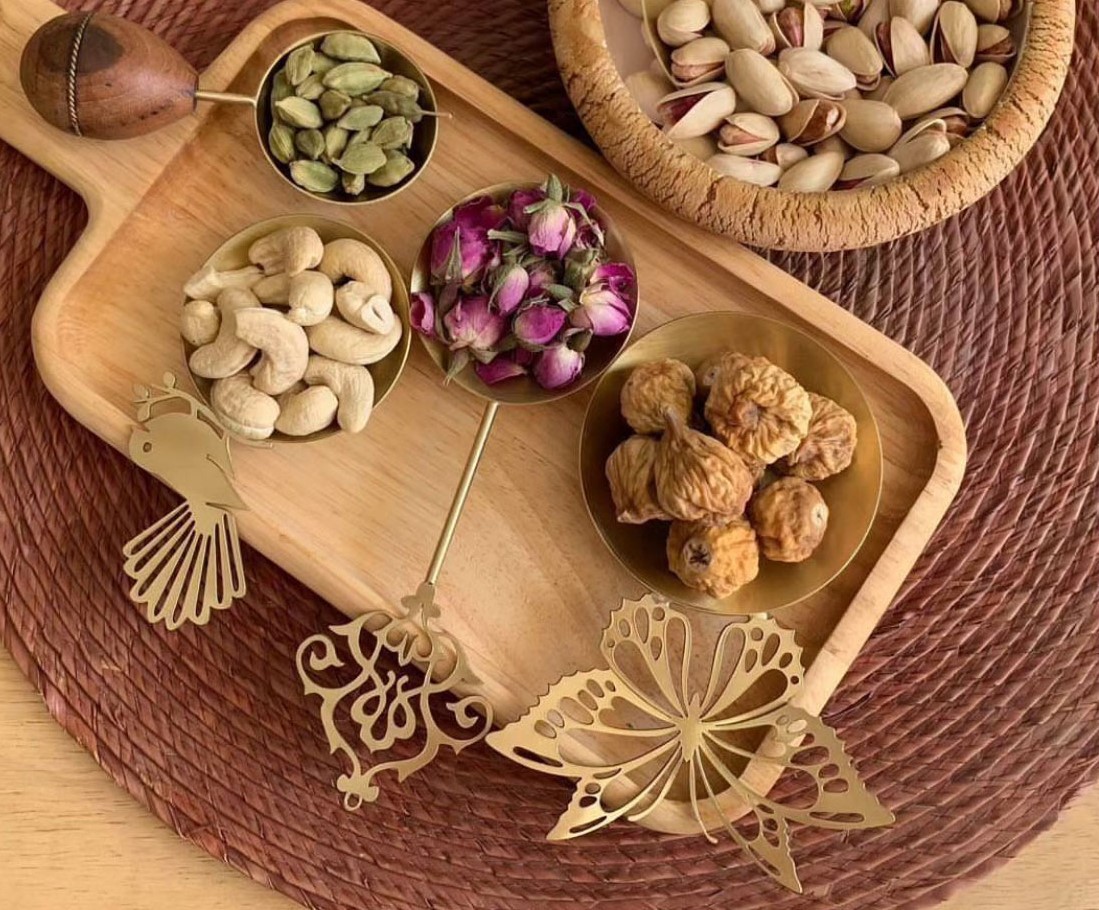
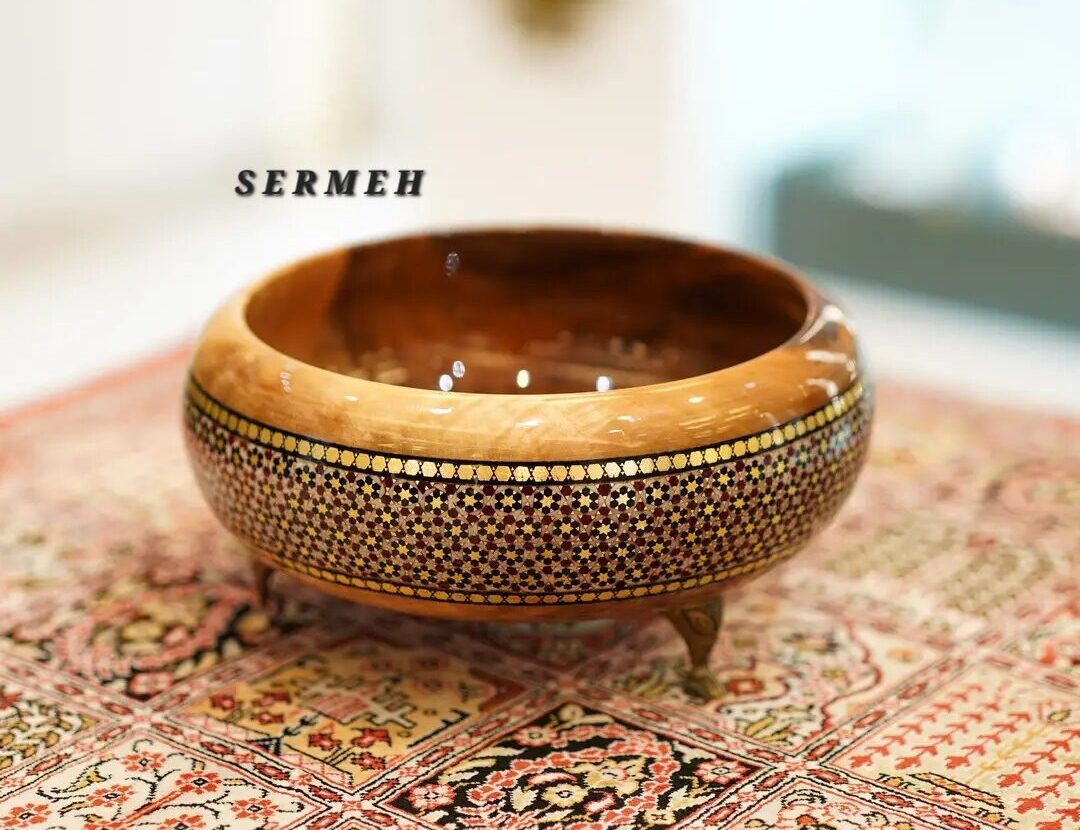
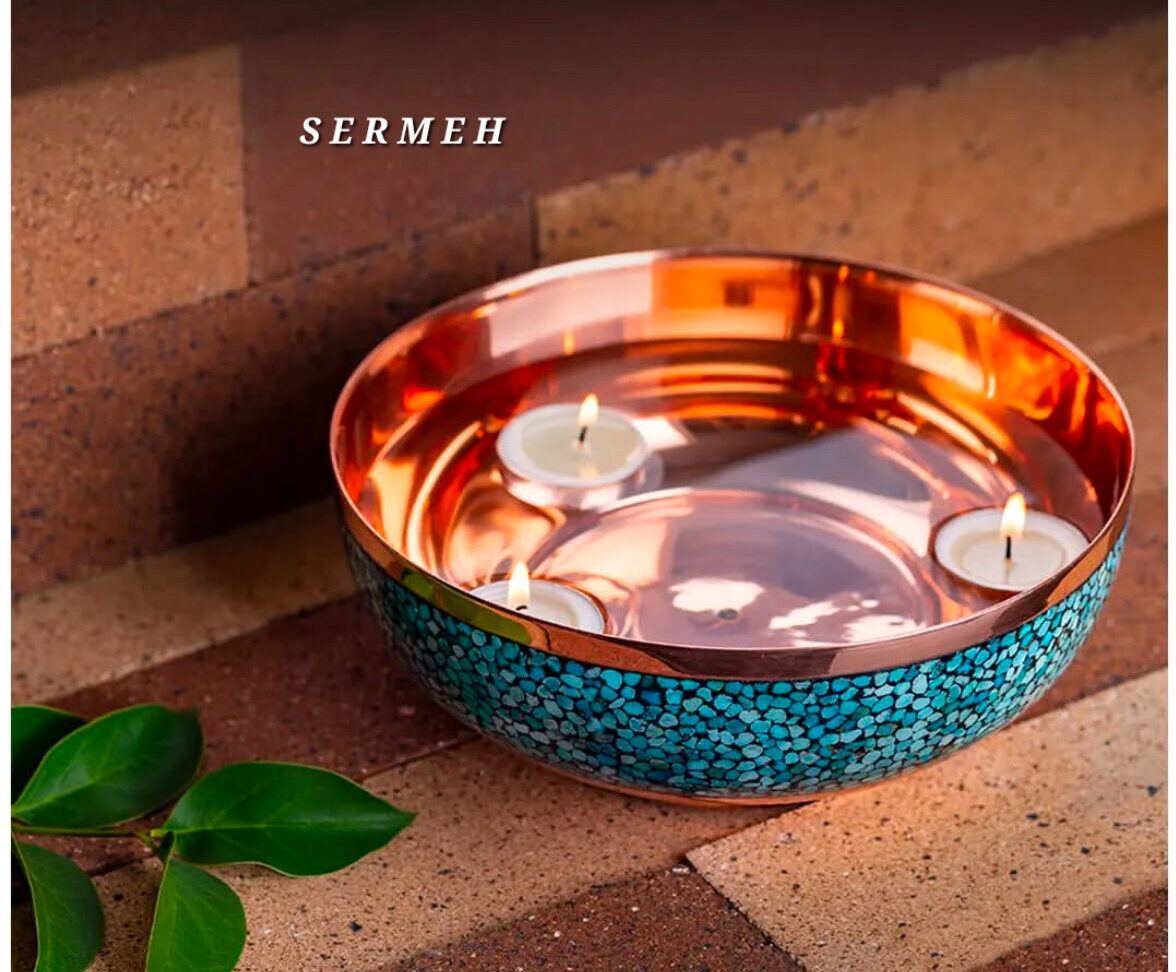
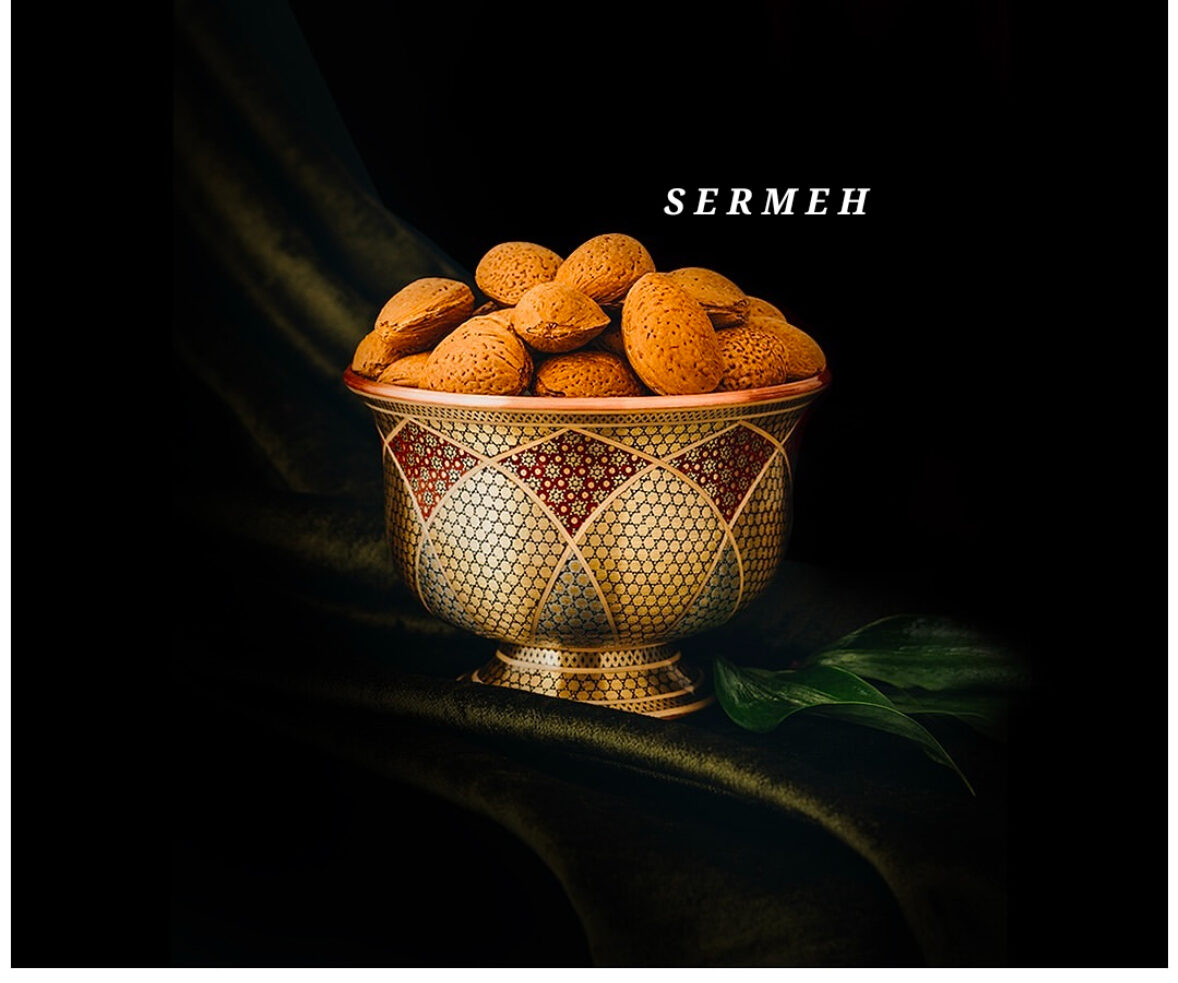
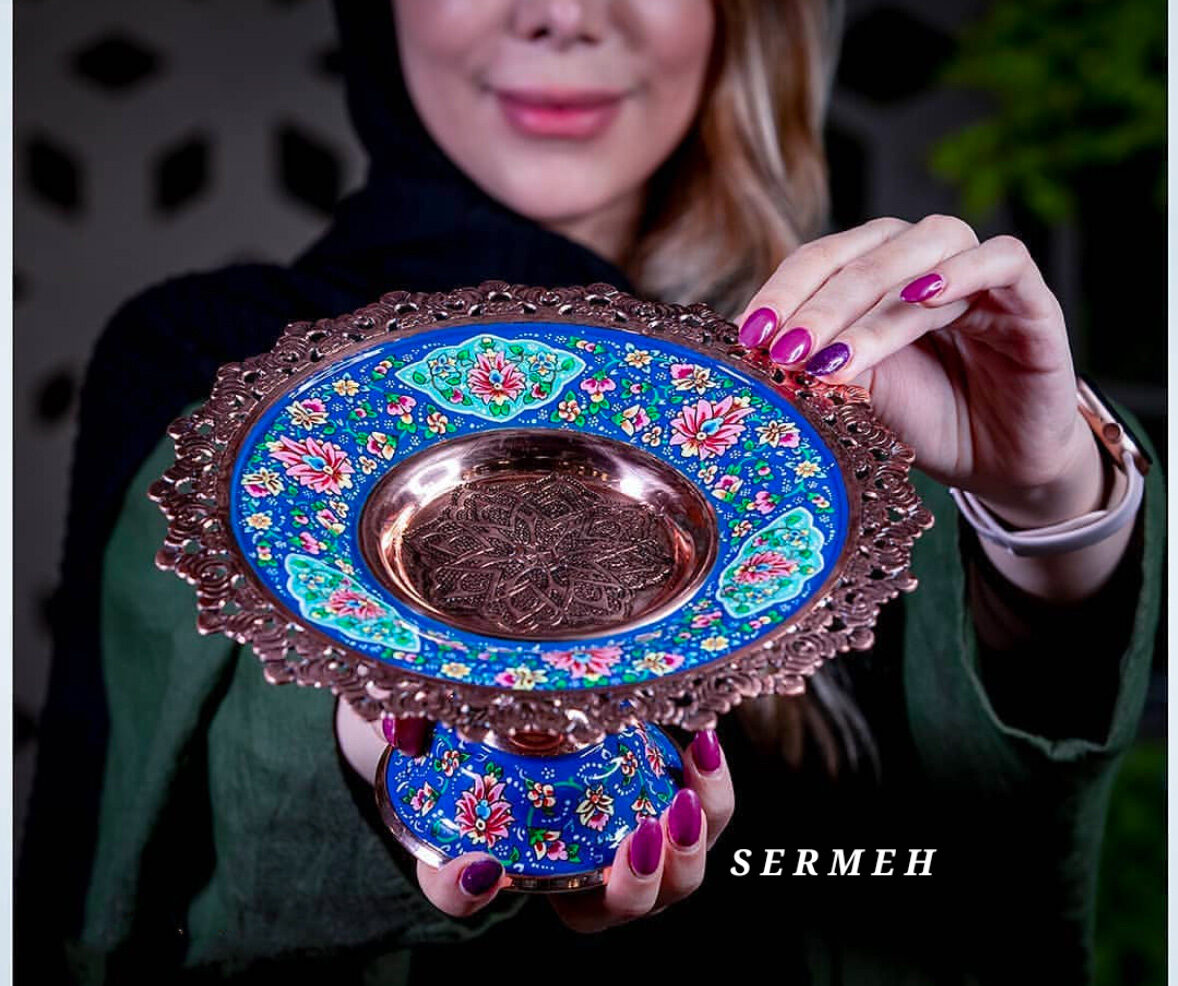
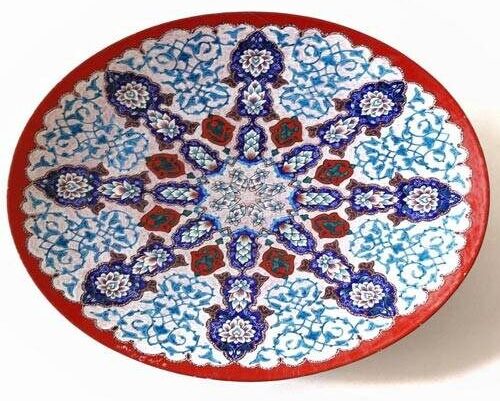
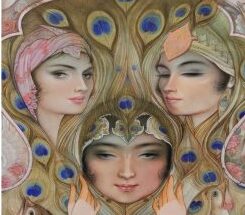
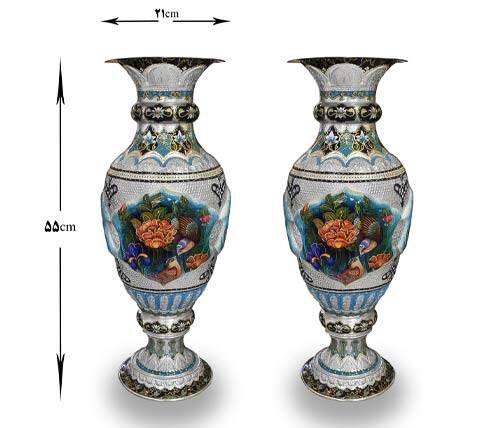
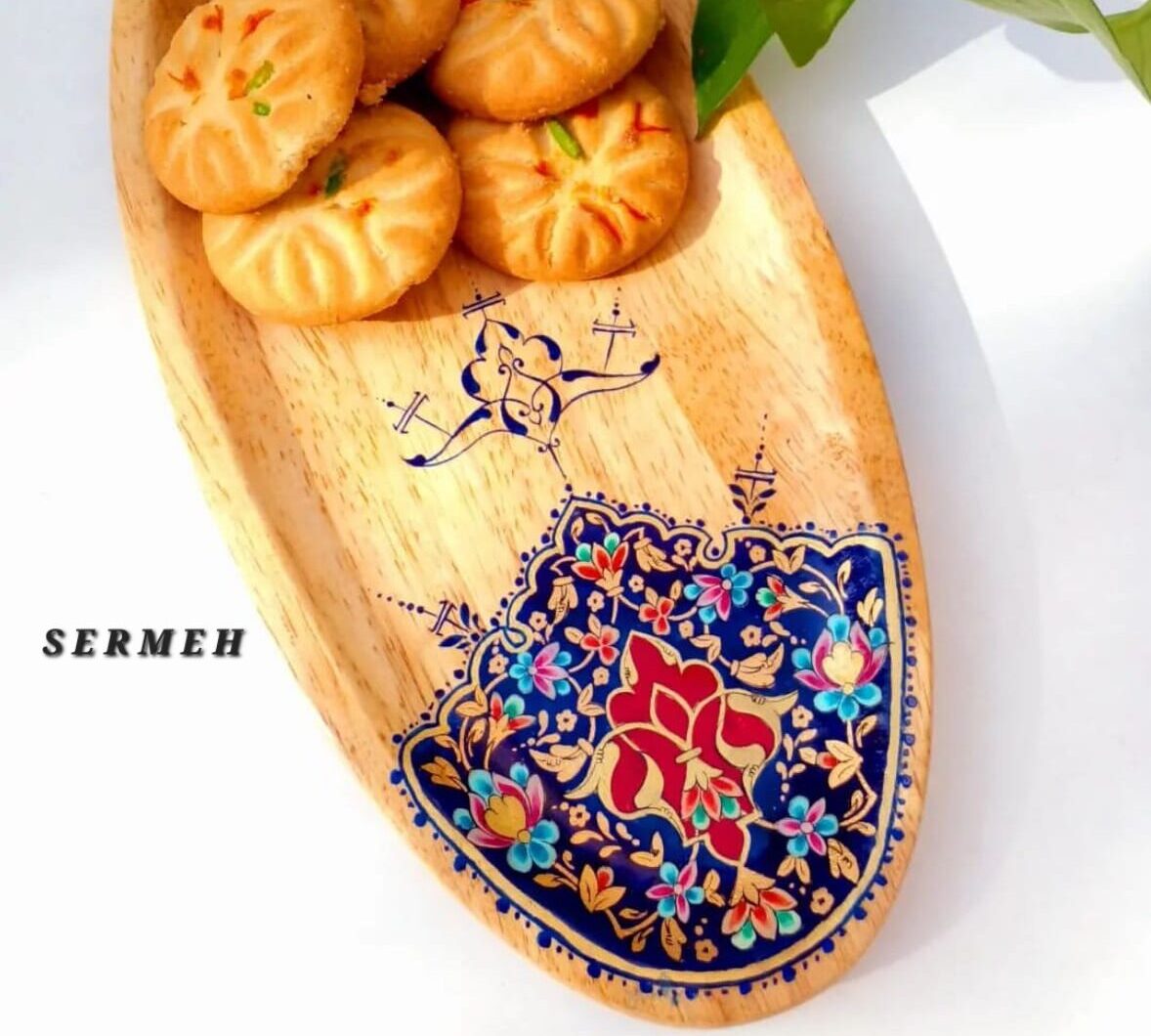
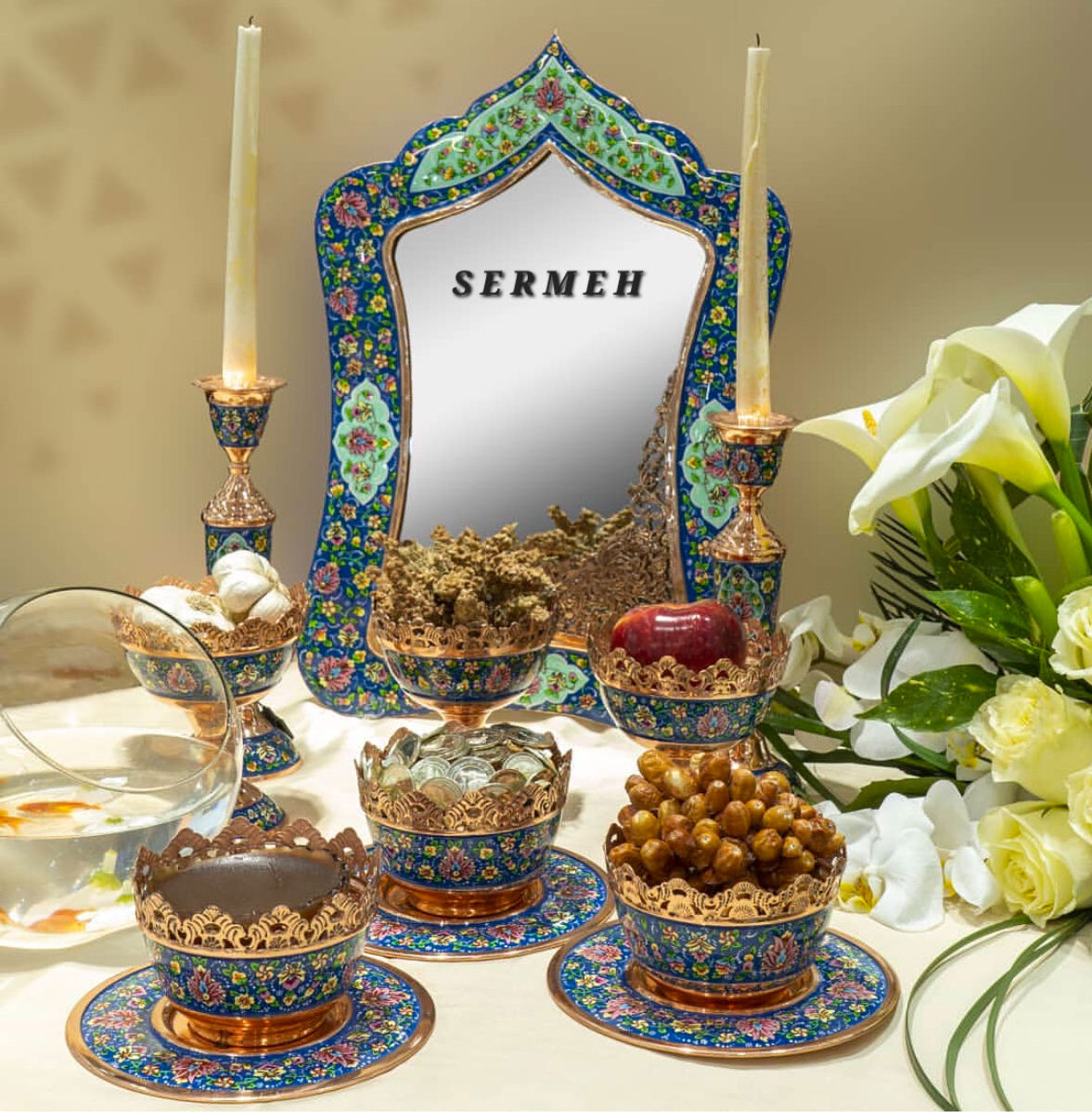

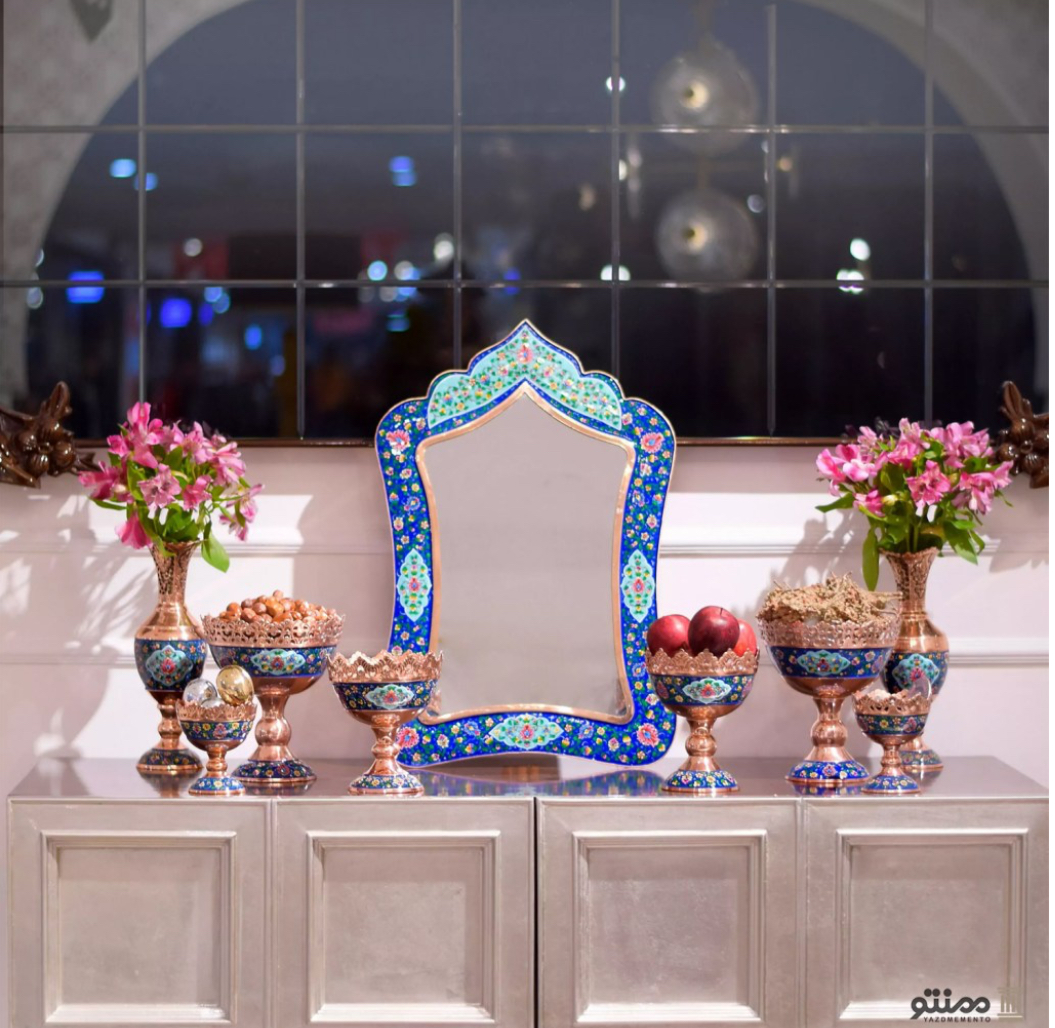
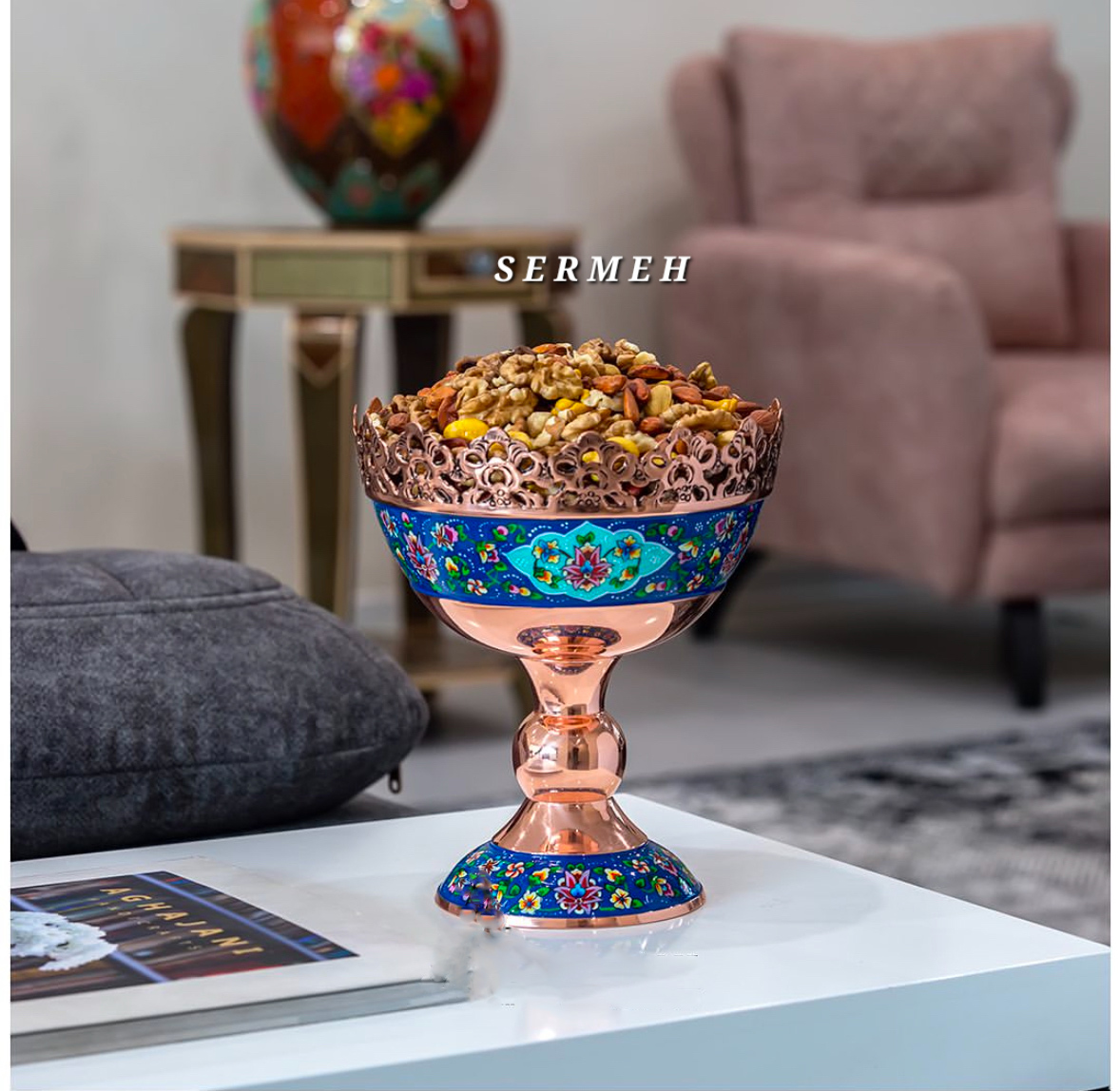
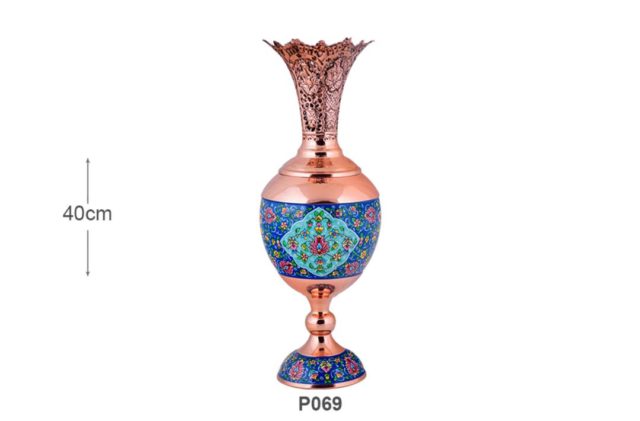
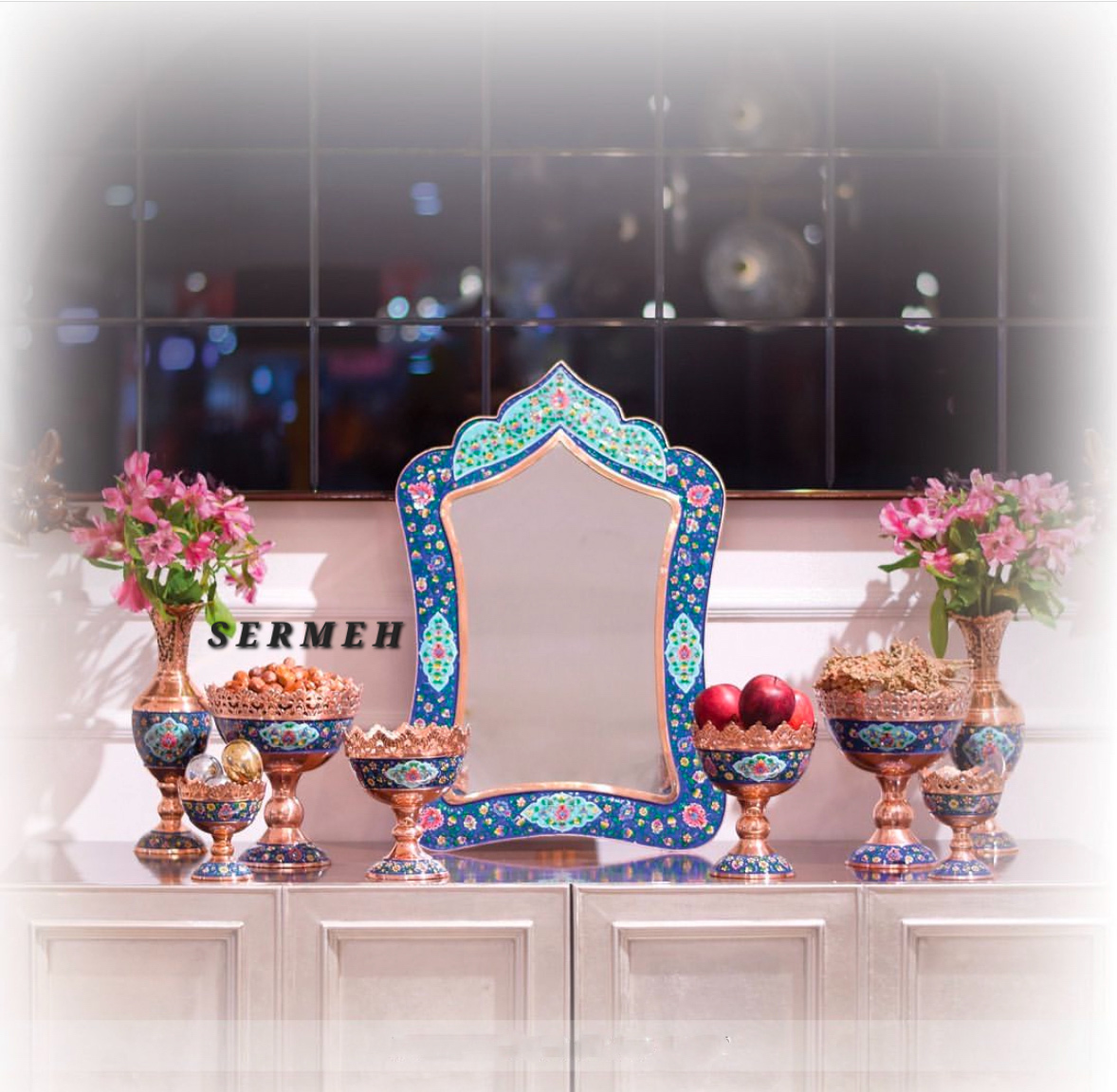
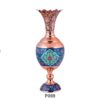

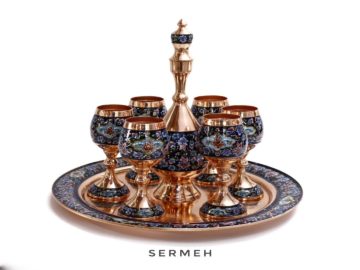
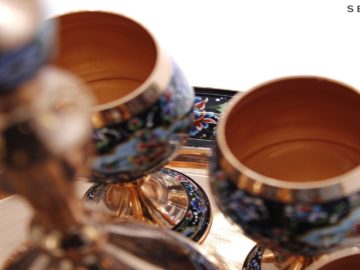
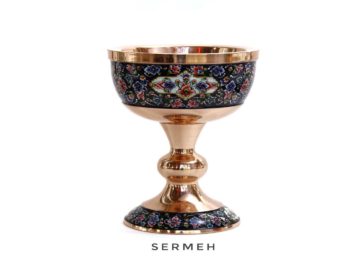
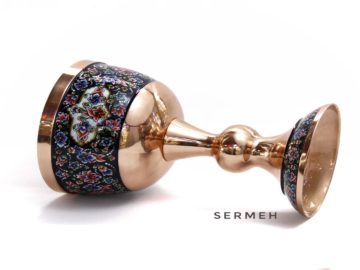
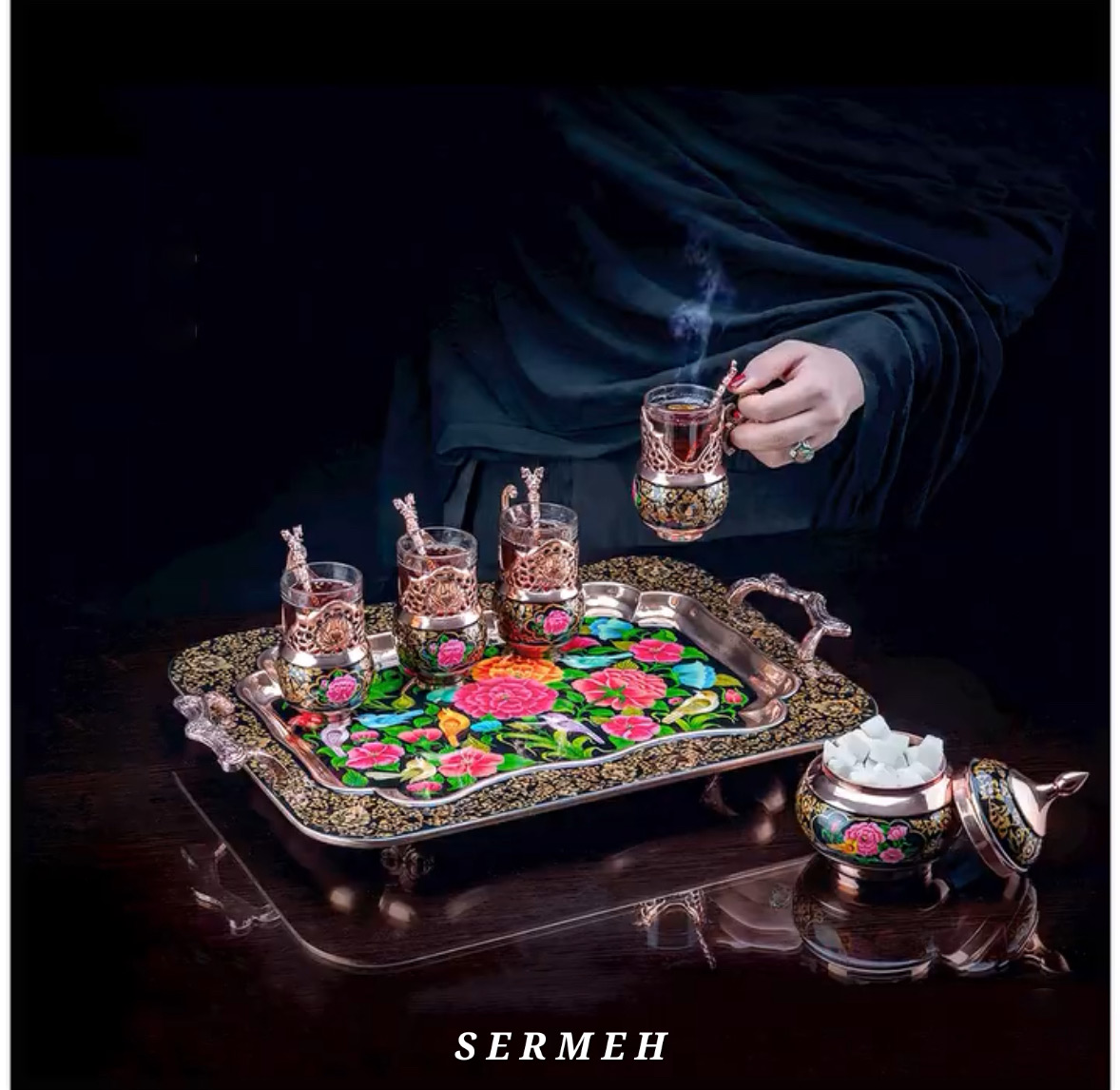
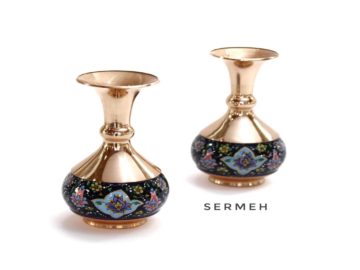
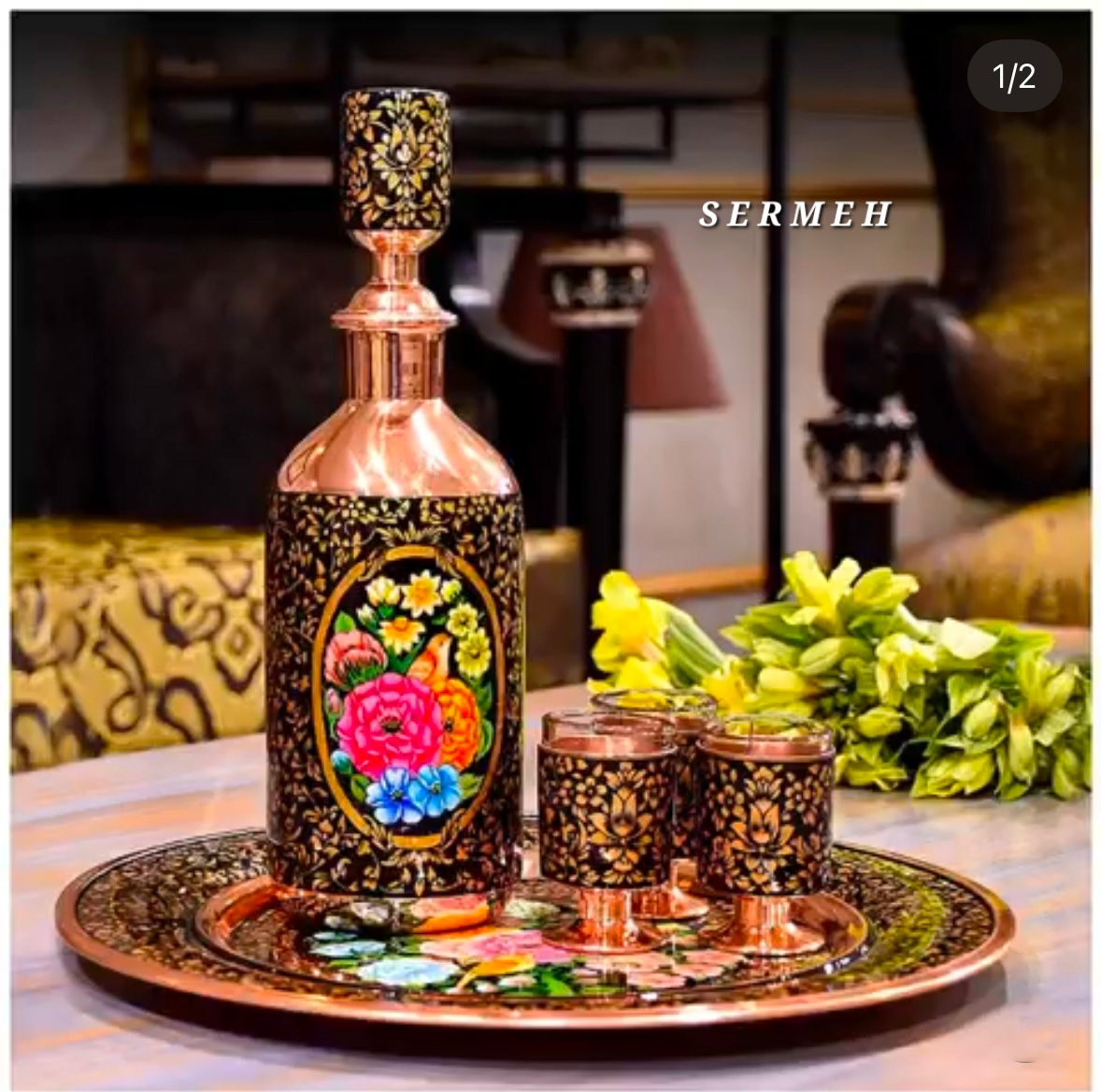

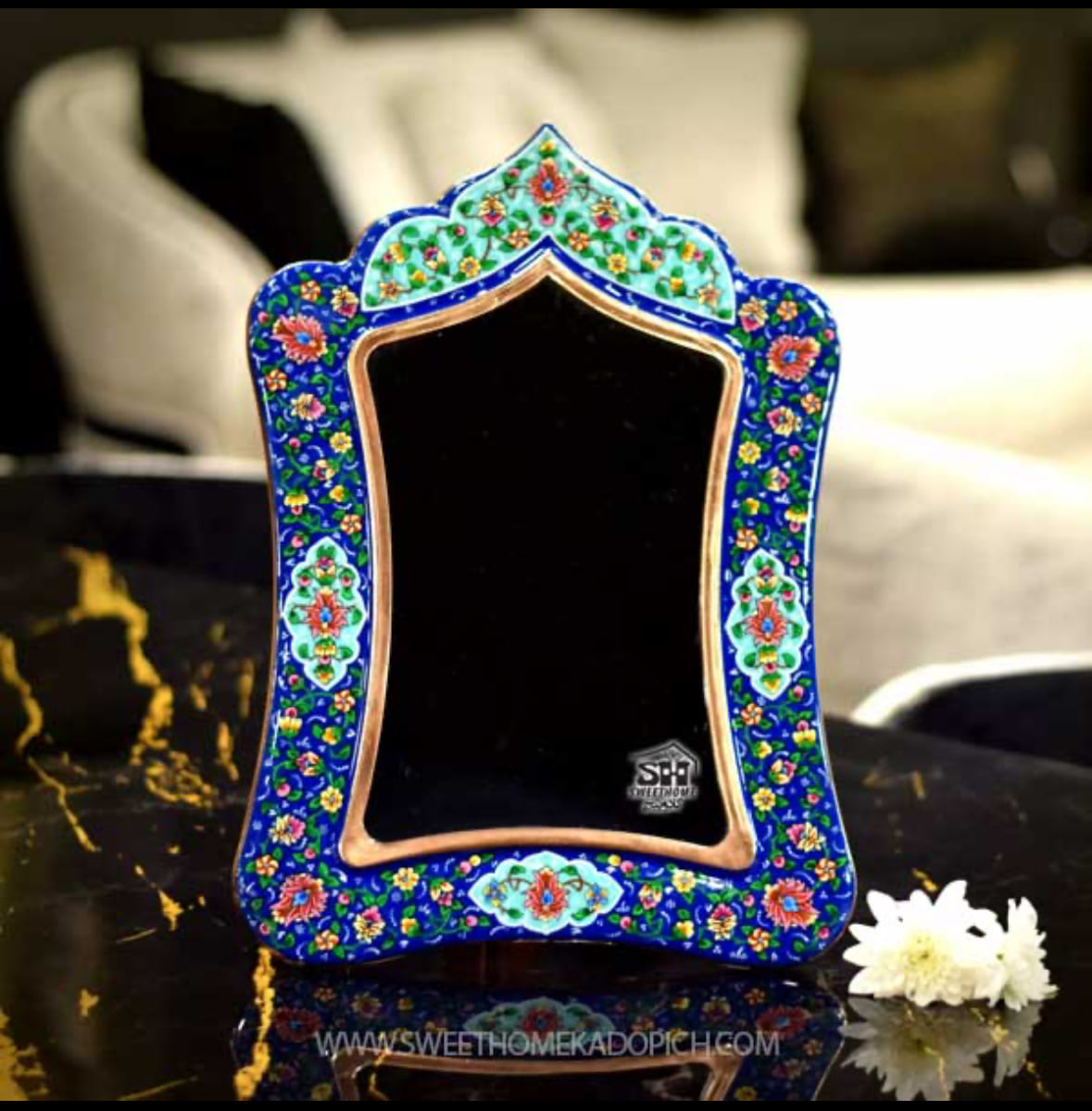
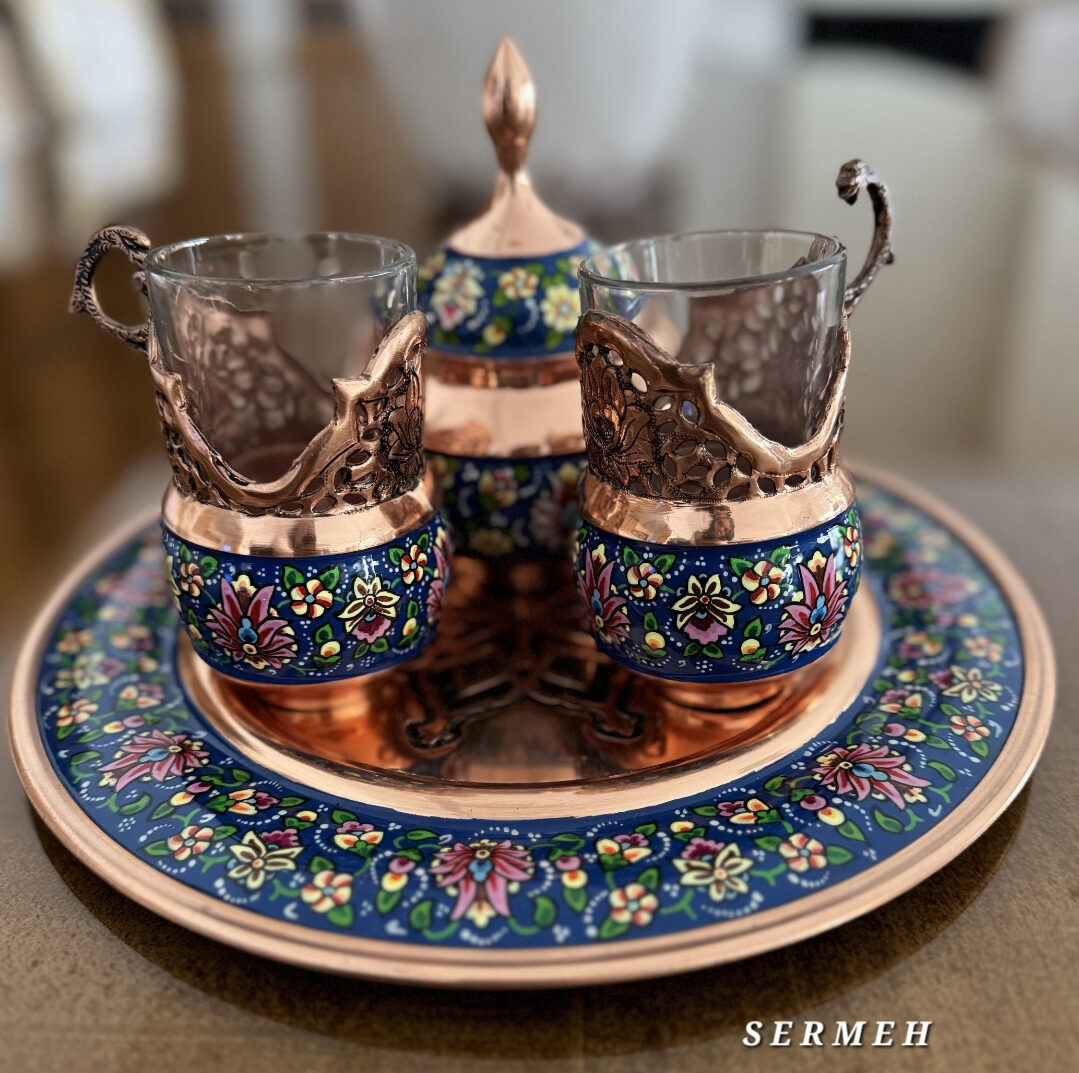
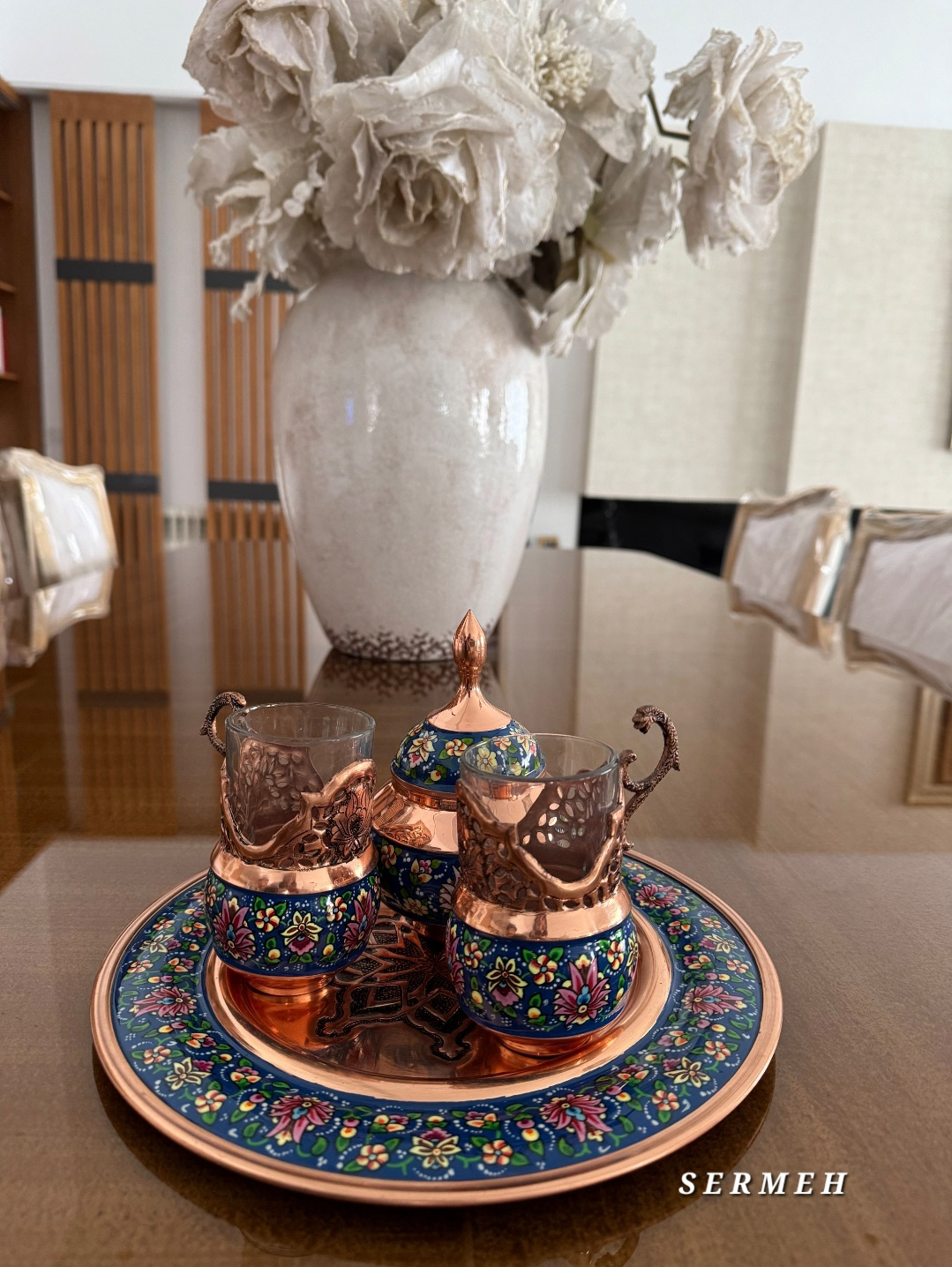
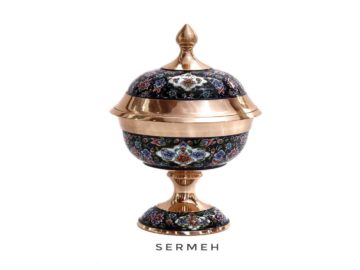
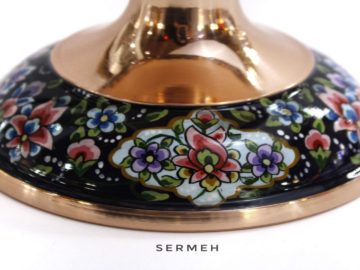

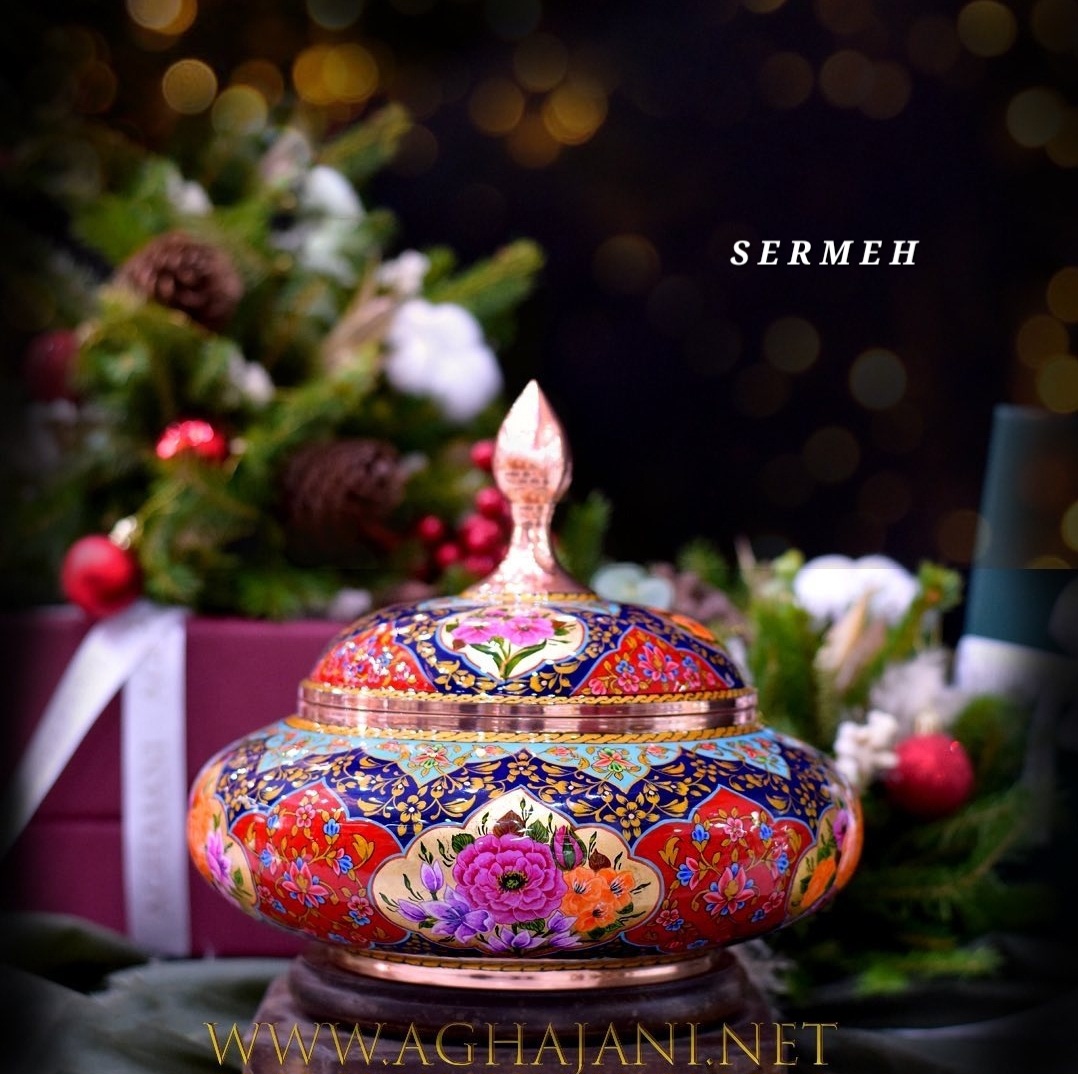
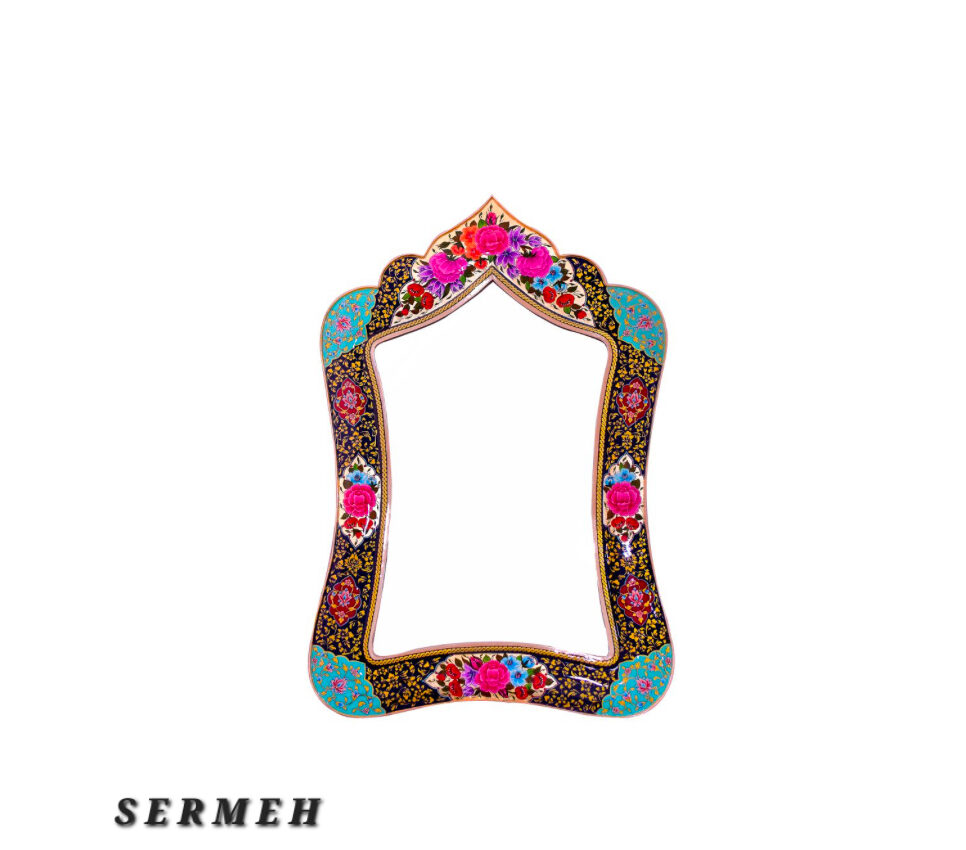
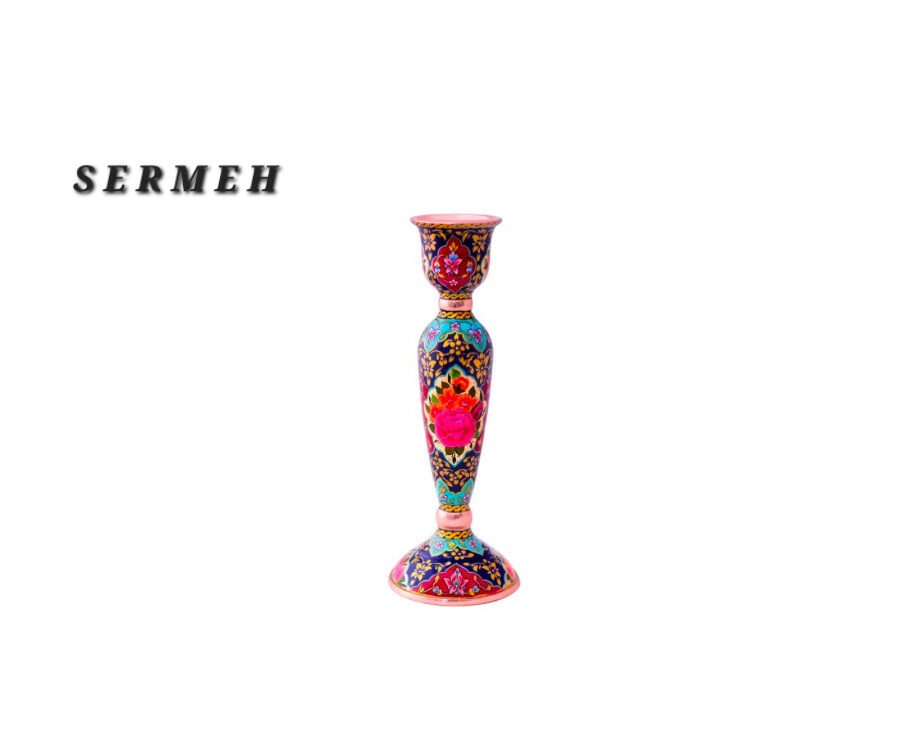
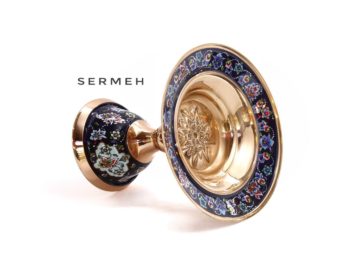
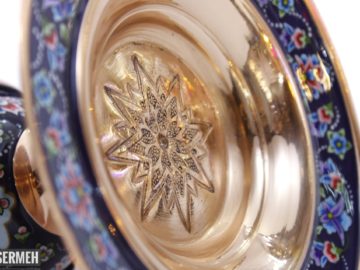
Reviews
There are no reviews yet.